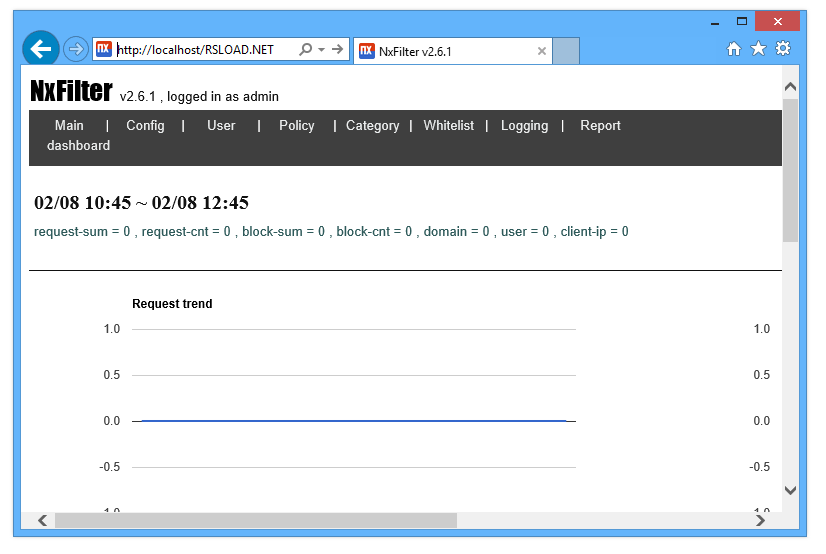
Web interface with restricted sitesįrom this point on, NxFilter can be accessed from any web browser by visiting its dashboard in the local host. By downloading the additional libraries (specified on the website) and configuring the installed services afterward, you can finally get the DNS server up and running. However, you should keep in mind that NxFilter features a console interface for updating the required folders, which means that you have to be familiarized with switches. Since the program is actually a forwarding DNS server, you can apply the exact method of setting up a DNS server for user systems. Get the DNS server up and runningīy accessing the "Network and Sharing Center panel", you can choose the TCP / IP protocol to configure for using a specific DNS server address. Although it may seem easy to handle, the tool actually requires some experience with networking tools, since it's mostly designed for administrators and other IT specialists. I want pihole to be the upstream to NXFilter, it seems to have better adblocking capabilities.ĭocker run -d -name pihole -link nxfilter1:nxfilter1 -e ServerIP=192.168.11.200 -restart unless-stopped docker.NxFilter is a comprehensive software application for monitoring and examining the HTTP traffic in your network, as well as for restricting access to websites. Eventually I want to set this up to bridge to my LAN so I free up the ports for other things. For now I am passing through the ports from the host IP since that was what I did previously. restart unless-stopped docker.io/packetworks/nxfilter-baseĪt the same time I mapped relevant ports.

v /raid5/services/nxfilter/log:/nxfilter/log \ v /raid5/services/nxfilter/db:/nxfilter/db \ v /raid5/services/nxfilter/backup:/nxfilter/backup \ Now I needed to shutdown everything, and re-run the container mounting the following It was nice to see the latest version listed as my current instance was 4.2.3. PRETTY_NAME="Alpine Linux > head /nxfilter/readme.txt After all, docker images are made to be disposable.ĭocker pull docker.io/packetworks/nxfilter-baseĭocker run -itd docker.io/packetworks/nxfilter-base I would like to mount the existing database and logs into the container to keep setup as minimal as possible. If it doesn't work for me I will build my own. Going to play with the packetworks version of nxfilter docker image first. This makes it easy to swap upstream servers without having to monkey with DHCP. Since I am not interested in tracking what device queries which domain, I prefer to use my Ubiquiti Edgrouter as the prefered DNS server for my home network.

In order to further learn Docker (for the first time essentially) wanted to create a multi-tier solution to "optimizing" my home DNS solution.


 0 kommentar(er)
0 kommentar(er)
